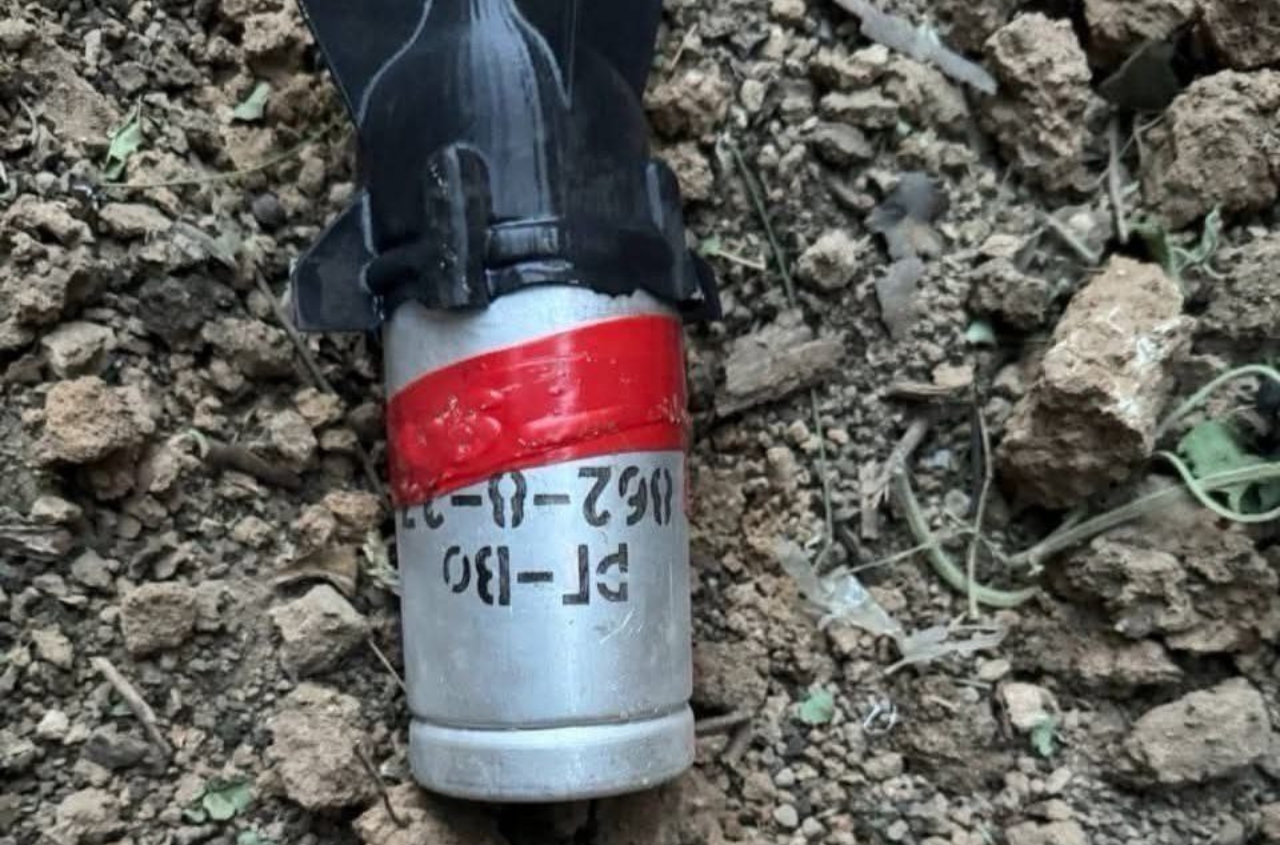Any accident on the railway in the Russian Federation will lead to a severe delay of the supply of ammunition, weapons, and fuel to the Russian occupiers in Ukraine.
Military expert Oleg Zhdanov said that the Russian army still functions according to the standards of the Soviet one, which was captured during the Second World War. This also applies to the issue of transferring echelons of equipment because the railway for Russia is a "blood arteries."
So, when asked by a subscriber about how important the railway is for the Russian Federation and what will happen if Russian diesel locomotives are damaged, Zhdanov answered during the broadcast on YouTube that diesel locomotives mainly perform the function of maneuvers. The main force on the railway in the Russian Federation is electric locomotives.
"They say that a partisan movement is unfolding in Russia, that on the Trans-Siberian Railway, there are cabinets with automation that control the movement on the railway. Plus, there are power substations that provide power because the electric locomotive pulls a lot, especially when a loaded train is moving," added the expert.
As for rail transportation, Zhdanov stressed that this is "the foundation of the foundations." Suppose the Trans-Siberian Railway becomes established, and the main warehouses are located beyond the Urals, then for the Russian Federation. In that case, there will be a huge problem in transferring equipment from the Far East to the European part of Russia.
"It's the same here. Any accident on the railway will lead to almost, I will say, not a complete stop but to a serious delay. To date, the Russian army has remained within the framework of the old Soviet one. And the old Soviet one was captured during the Second World War. This heavy and heavily armored vehicle is usually tracked … According to the standard, a tracked column should cover no more than 200 kilometers per day because this is the average movement speed of tracked vehicles. A mixed column can overcome up to 300 km, a wheeled column - up to 500 miles per day," he said.
Ukraine, on the contrary, is moving more to the wheelbase. According to Zhdanov, the Ukrainian army is becoming more mobile, while Russia "remains on the old Soviet geese."
"Therefore, for them, the railway is like blood arteries. There is no railway communication - there is no delivery of equipment and ammunition and fuel. Can you imagine, this armada, which we estimate at 100-170 thousand on the territory of Ukraine, how much fuel it burns per day? Someone has to bring it, but how to carry it? Railway tanks. They release several thousand pieces of ammunition a day. They need to be brought. How? - by rail. The same with losses. Let's say yesterday there was a cover in the Kherson region of 78 pieces of equipment. This is almost one and a half trains. Therefore, it is paramount - railways for the Russian Federation," Zhdanov summed up.
- On the night of January 4, in Russia, partisans once again stopped the movement of civilian trains and military trains on the section of the Trans-Siberian Railway near Krasnoyarsk.
- On the evening of January 6, near Shchastya, using an improvised explosive device, Ukrainian partisans destroyed the railway track in the section between Lugansk and the village of Lantratovka. As noted by the head of the Lugansk military administration, Sergei Gaiday, this railway line was used by the Russians to transport military equipment, personnel, and ammunition.



















